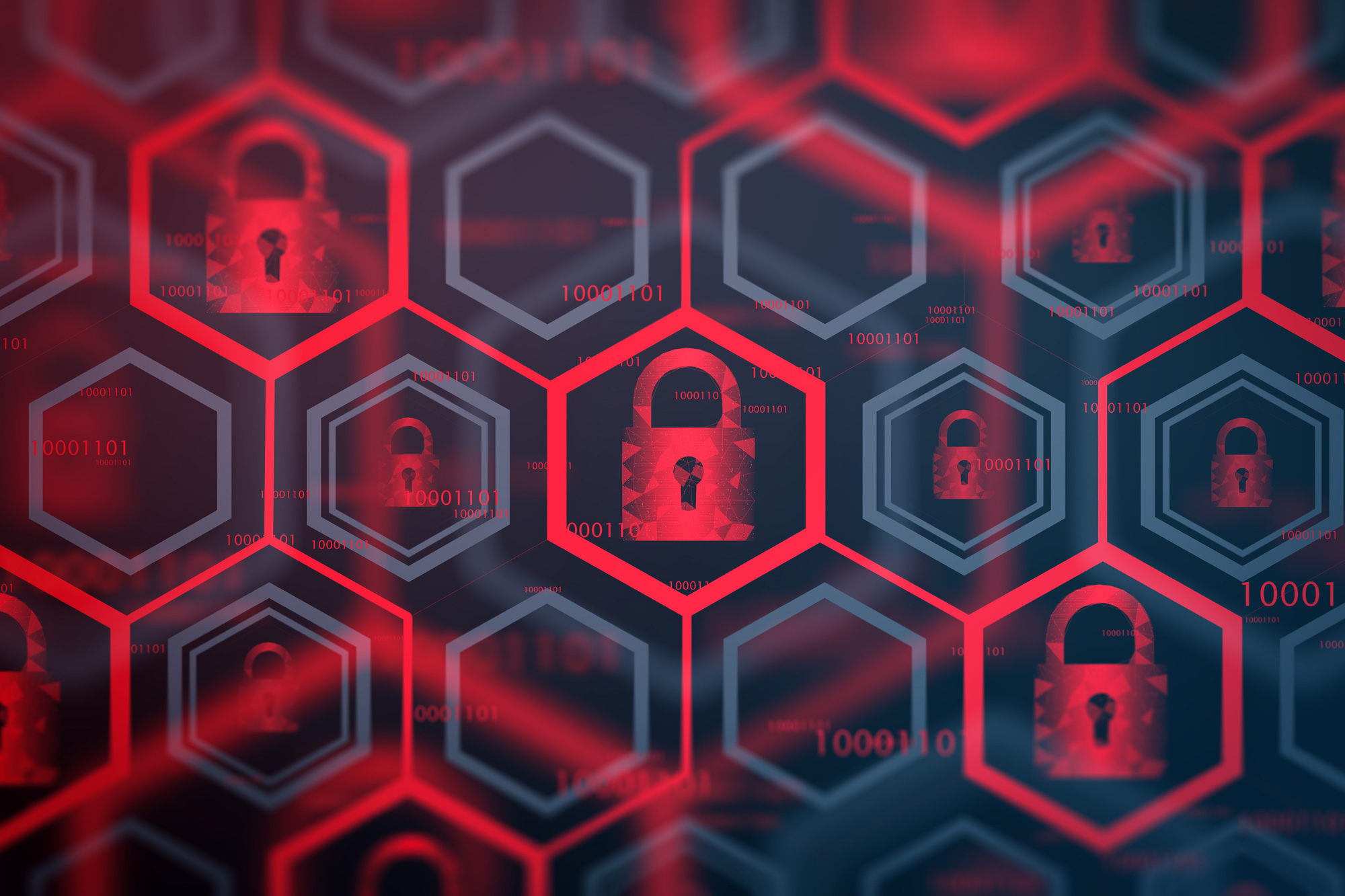The ISO 27001 Standard requires a set of information security management procedures which are designed to protect information security. The ISO 27001 provides a framework for an organisation’s ISMS (Information Security Management System).
For data security purposes, it’s crucial that businesses adopt a standard. The ISO 27001 effectively guards the organisation against any breaching of data. This includes customer and staff data.
Without an effective ISMS, an organisation is at risk of identity theft, hacking, harmful viruses, as well as IPT (intellectual property theft).
Physical Security and ISO 27001
Physical security’ are the procedures in place which protect an organisation against physical threats to its information.
That is, stimuli within the physical environment which can cause harm to the business in terms of reputation, relationships with external parties (customers, suppliers, and investors). Some examples of physical threats may include accidental/non-accidental damage or destruction, power cuts, and hardware interference.
Implementing the ISO 27001 standard restructures precautionary measures which are pre-existing. It fortifies these frameworks with added environmental risks in mind.
The Importance of ISO 27001
Implementing an ISO 27001 management system is invaluable for a business that handles data. Leaked data (of any type) can be catastrophic for businesses. It can irreversibly damage reputation, cause data breached lawsuits, and ultimately destruct a whole organisation. Information systems which contain sensitive information, general client data, or criminal offence records must be securely protected against both internal and external threats. Sensitive data will require even stronger layers of protection.
Examples of sensitive data may include (but is not limited to):
- Health data
- Biometrics
- Sexual orientation
- Religious or philosophical views
- Genetics
- Racial origins and ethnicity
- Financial
- Intellectual Property IP
Data breaches of information of this nature can cause serious consequences for an organisation, so it is important to adopt an ISMS to help prevent these harmful threats.
How the ISO 27001 Strengthens Physical Security
There are several aspects of the ISO 27001 Standard which consider the risks associated with the physical security of organisational information, such as:
- Data breach protocols
The Standard implements a set of procedures which an organisation should follow in the event of a data breach. The procedure is designed to reduce and mitigate the consequences of a data breach or cyber attack.
- Risk management in secure areas
This relates to the security of physical locations of data storage, such as entry points.
- Equipment security:
The maintenance, transportation, and general usage of equipment
Ultimately, implementing an ISO 27001 will encourage your organisation to take a risk-based, structural approach to the security of information. This protects not only the internal information, but the reputation of the company. It also allows your business to operate in line with legal regulations and complete audits competently and compliantly.














 Getting ISO certified in your industry is becoming more and more critical as the competitive landscape tightens. Maintaining an advantage over your competitors is crucial to not only surviving but to prosper in these economic times.
Getting ISO certified in your industry is becoming more and more critical as the competitive landscape tightens. Maintaining an advantage over your competitors is crucial to not only surviving but to prosper in these economic times.